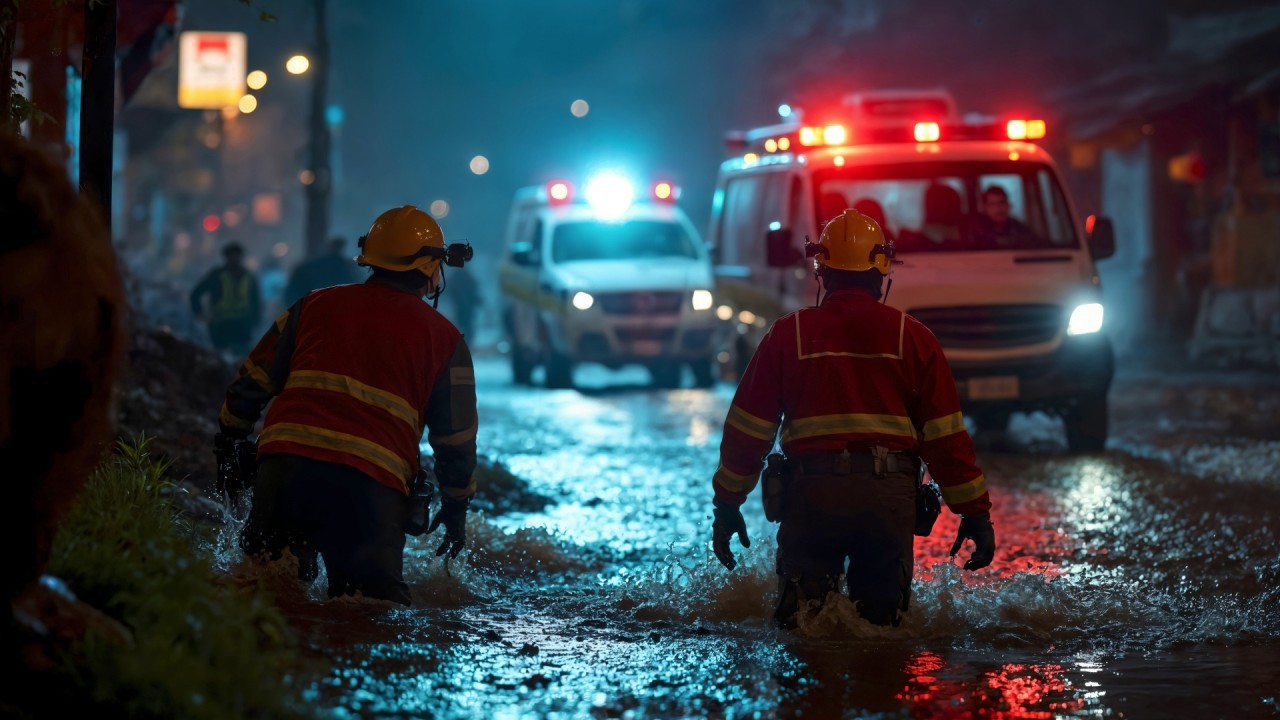In an age where natural disasters, infrastructure failures, and geopolitical tensions can disrupt normal communications, communities need resilient and decentralized systems to stay connected. One of the most powerful yet overlooked resources in this context is amateur radio – combined with open-source crisis management platforms like Sahana Eden.
Why Ham Radio Still Matters
Ham radio remains one of the few technologies that can operate independently of centralized infrastructure. Whether it’s a blackout, cyberattack, or storm damage, amateur radio operators can quickly establish voice and digital communication across town, across regions, and even across continents.
By organizing these operators into structured units – local, regional, and national communication cells – we can create a scalable mesh of coverage that doesn’t rely on the Internet or mobile networks. Local communication would typically use VHF/UHF frequencies; regional teams might use HF NVIS methods; and national relay nodes can maintain long-range HF links.
Creating a Functional Emergency Network
A successful communication system needs more than radios. It needs coordination, structure, and reliability. Teams can be built with defined roles:
- Local Nodes in neighborhoods, schools, or shelters
- Regional Hubs in town halls or emergency centers
- Relay Stations to bridge areas and push updates across regions
- Operators who log messages, relay traffic, and maintain the equipment
Training, regular drills, and standardized message formats (like ICS-213) ensure clarity and efficiency.
Adding a Digital Layer: Sahana Eden
While voice and digital radio can carry critical messages, a central coordination platform can manage the broader response. Enter Sahana Eden, an open-source disaster management system designed for exactly this purpose.
Sahana can run on lightweight hardware – even a Raspberry Pi – and provides a local web interface for:
- Logging shelter and supply status
- Tracking volunteers and resources
- Managing incidents and reports
- Recording incoming radio messages
This allows emergency teams to integrate analog and digital efforts, turning radio communications into actionable, visible data on a dashboard. It brings order and insight to the chaos of disaster response – even when offline or off-grid.
Deployable, Affordable, Resilient
A decentralized network of ham radio operators, backed by simple local servers running tools like Sahana Eden, can be set up with minimal cost and no dependency on fragile infrastructure. Systems like these could be quietly embedded in schools, fire stations, or community centers – always ready to be activated.
And they don’t have to wait for a disaster to be useful. These systems can support community preparedness, remote event logistics, and even serve as educational tools for training future volunteers.
A Call to Collaborate
Resilience doesn’t come from technology alone – it comes from people organizing ahead of time. If you’re a ham operator, IT specialist, emergency responder, or civic planner, this is an opportunity to collaborate.
Let’s connect practical skills with open tools. Let’s make sure our communities are ready when the grid isn’t.
#EmergencyPreparedness #DisasterRelief #HamRadio #AmateurRadio #CrisisManagement #CommunityResilience #OpenSourceTech #SahanaEden #DecentralizedSystems #PublicSafety #TechForGood #ResilientCommunities #RaspberryPi #CivicTech

